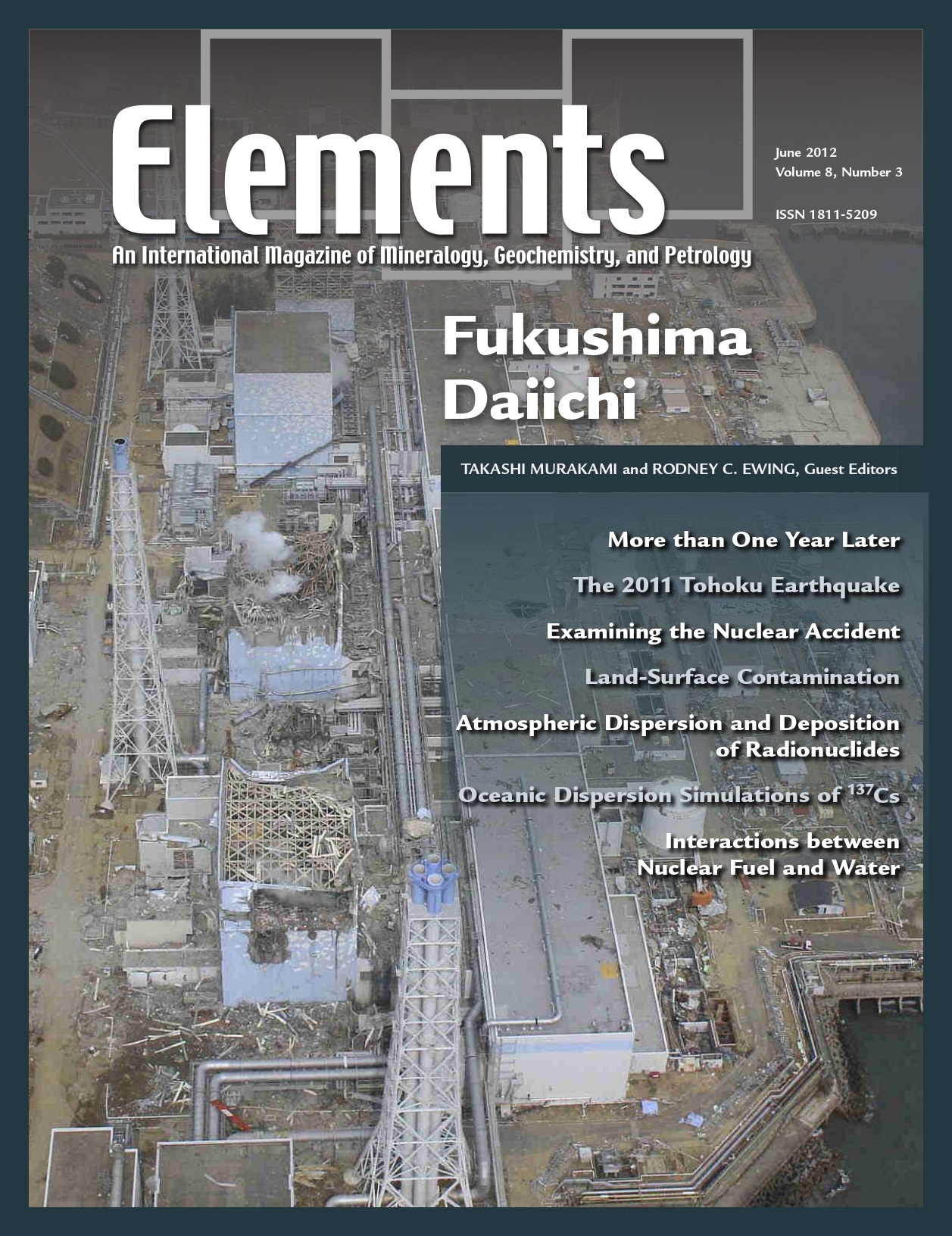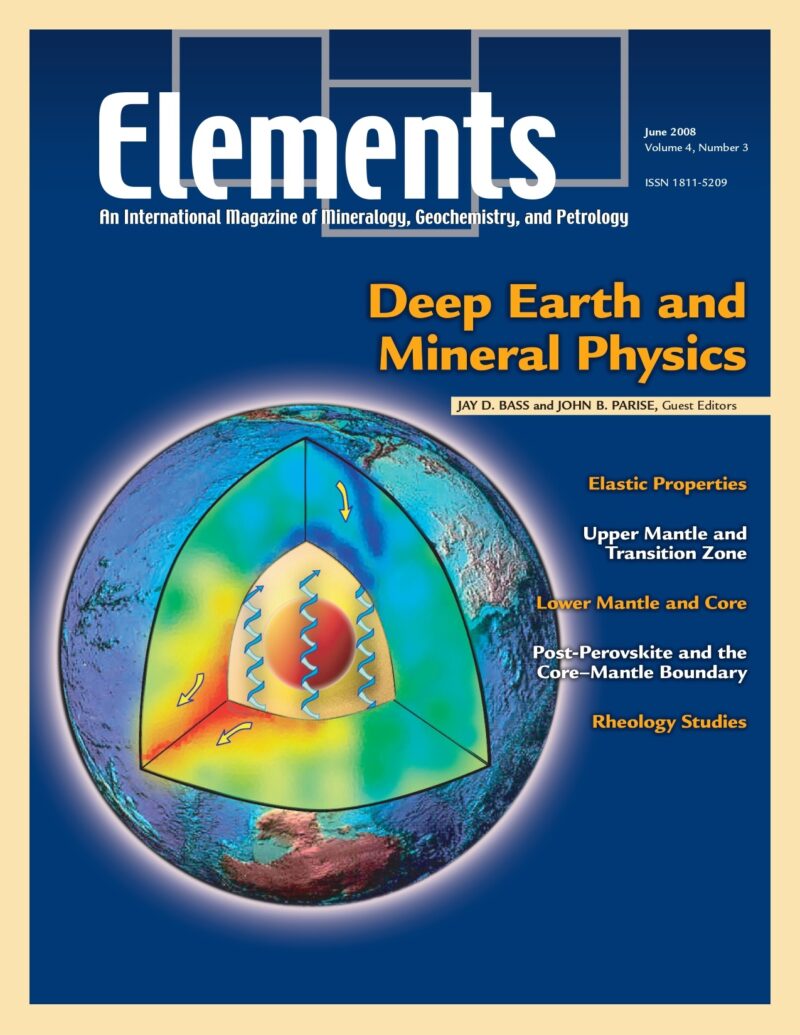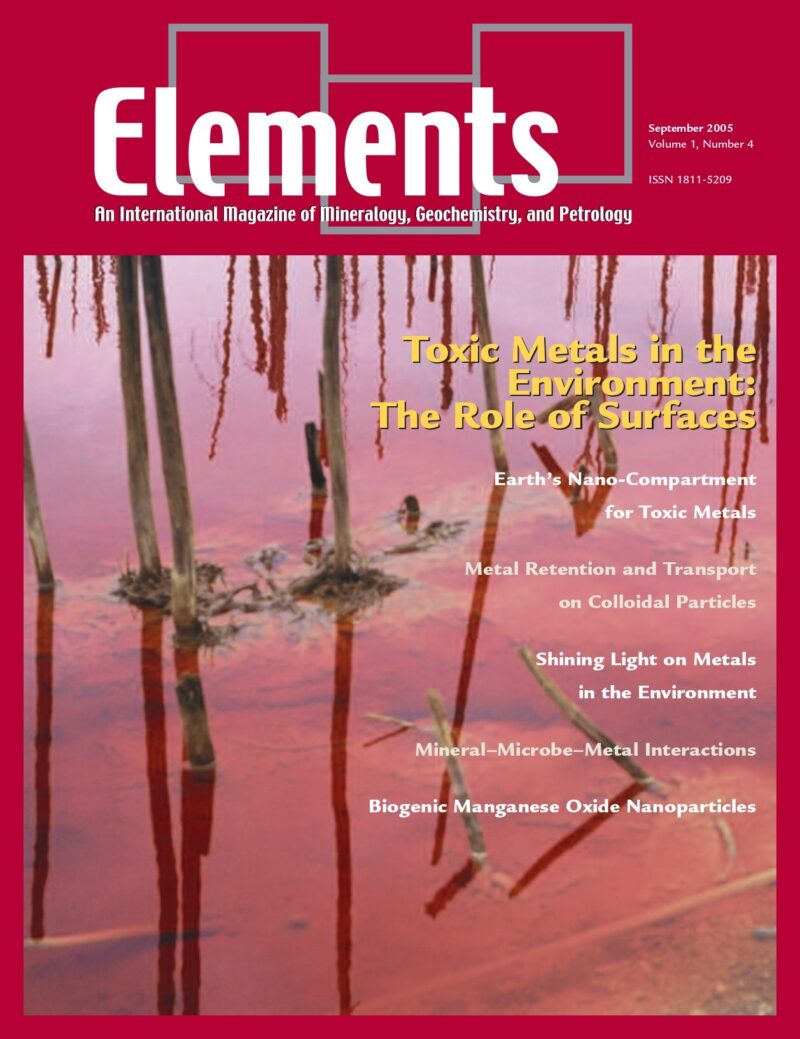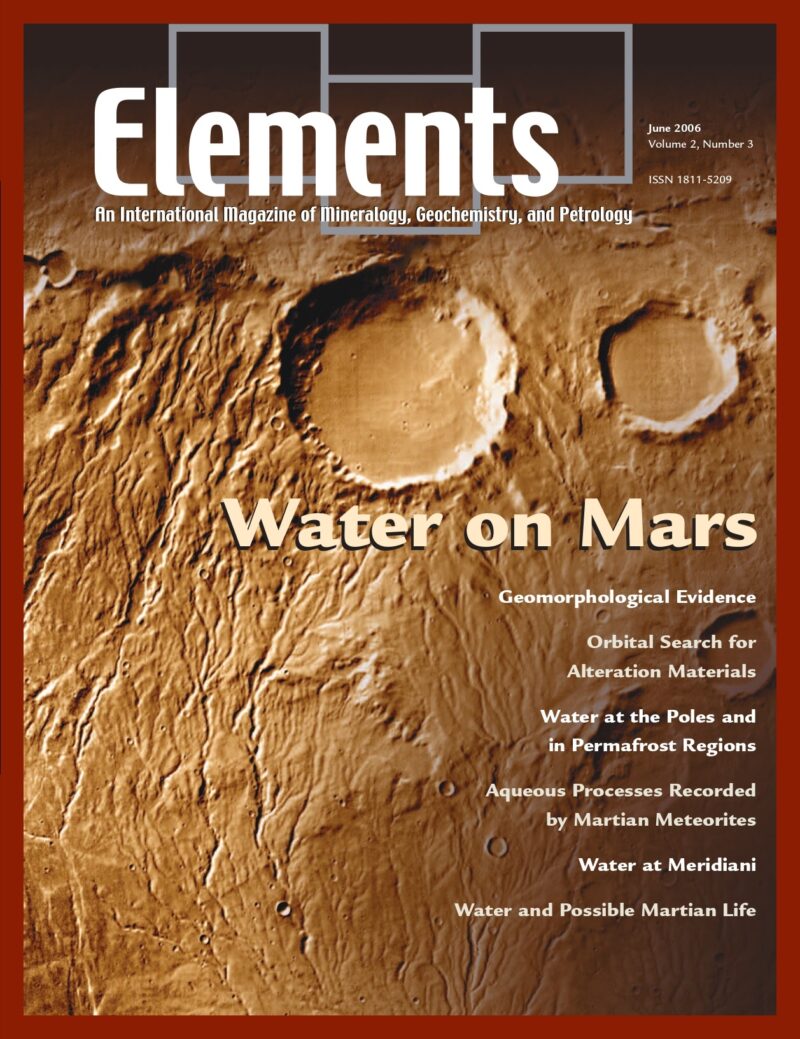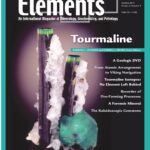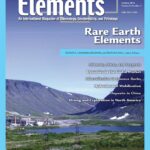Fukushima Dai-Ichi, June 2012, Vol. 8, No. 3
$20.00
On March 11, 2011, an earthquake and tsunami hit Japan, killing more than 20,000 persons, displacing tens of thousands, and causing havoc in the infra structure and economy of the country. In the aftermath of this tragedy, the cooling systems of three of the operating reactors at the Fukushima Daiichi nuclear power station failed and meltdown of the reactor cores occurred.
Fukushima Dai-Ichi
June 2012, Vol. 8, No. 3
On March 11, 2011, an earthquake and tsunami hit Japan, killing more than 20,000 persons, displacing tens of thousands, and causing havoc in the infra structure and economy of the country. In the aftermath of this tragedy, the cooling systems of three of the operating reactors at the Fukushima Daiichi nuclear power station failed and meltdown of the reactor cores occurred. Over the following days, a series of hydrogen gas explosions took place. Radionuclides (mainly 131I and 137Cs) were released to the atmosphere and transported over many tens of kilometers from the site, contaminating soil and water. Seawater was used to cool the damaged reactor cores, and water contaminated with radio activity was released to the ocean. Considerable amounts of used fuel were stored in nearby pools, and with the loss of water, the pools contributed to the release of radioactivity. One year after the tragedy at Fukushima, this issue of Elements provides a summary of what is known about the environmental impact of this nuclear accident.
Why You’ll Love Elements Magazine:
- Expert Contributors: Articles written by renowned researchers in the field of geoscience.
- Engaging Content: Join a community of readers who are passionate about Elements.
- Exceptional Quality: Each issue is printed on high-quality paper with stunning visuals and detailed illustrations that bring complex scientific concepts to life.
Order your copy of the June 2012 issue of Elements magazine today and learn about Fukushima Dai-Ichi.
Related products
-
Deep Earth And Mineral Physics, June 2008, Vol. 4, No. 3
$20.00The field of high-pressure mineral physics is central to our understanding of the Earth’s interior and its evolution. It is also a field that is rapidly advancing.
-
Toxic Metals In The Environment: The Role Of Surfaces, September 2005, Vol. 1, No. 4
$20.00Metals are prevalent in the environment. They are derived from both natural and anthropogenic sources.
-
Water On Mars, June 2006, Vol. 2, No. 3
$20.00During the past several decades, spacecraft data have transformed the planets from astronomical objects into geologic worlds. Mars is the current focus of planetary exploration, and NASA’s objectives for this effort are based on the theme, “follow the water.

